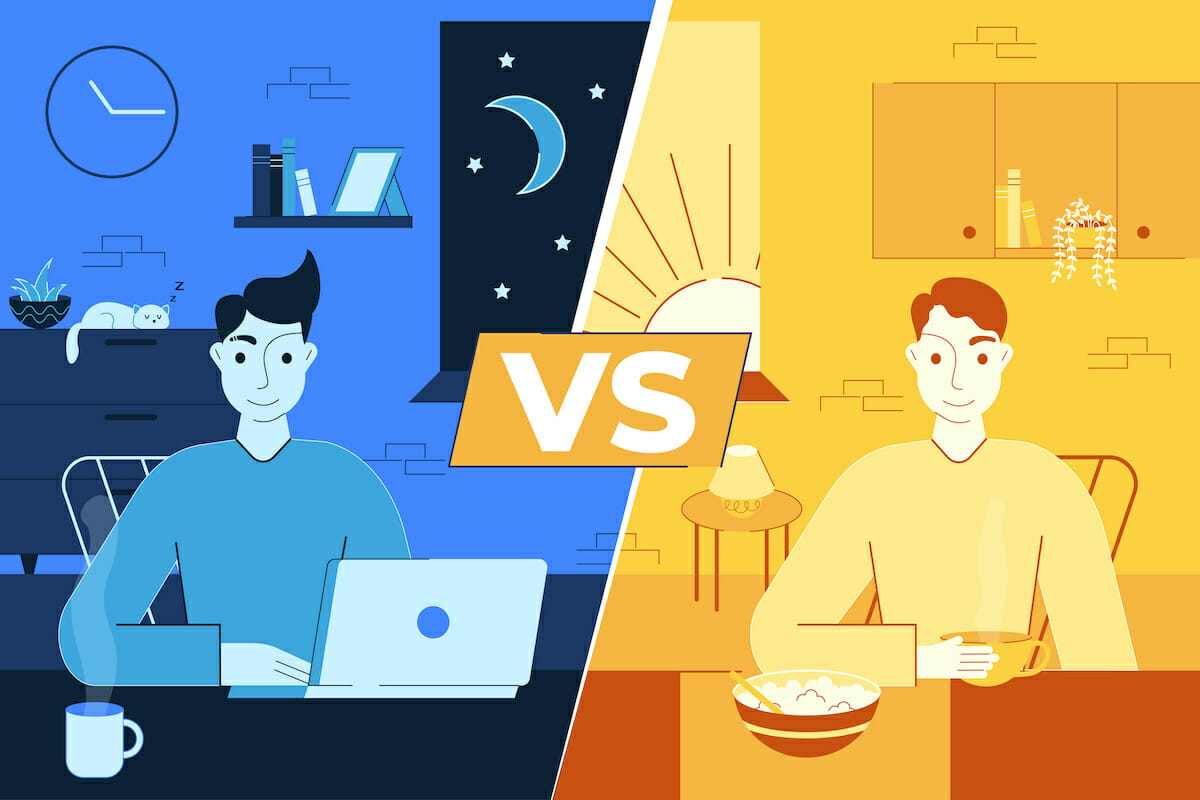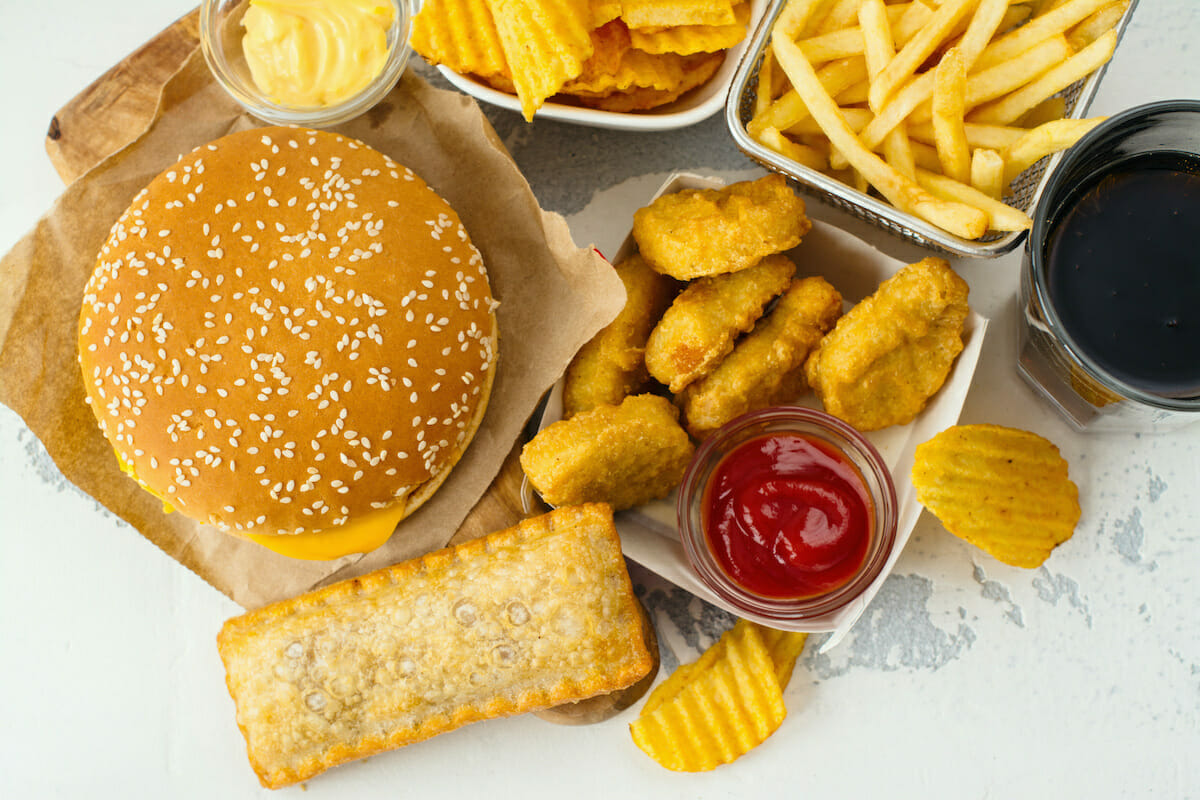Chronotype describes what time of day people tend to be more active.
‘Early birds’ get up promptly and are active in the morning, while ‘night owls’ take longer to get going in the day but like to stay up late.
Recently, research has suggested that chronotype may have an impact on health.
Now, a study has found that ‘night owls’ may have a greater risk of type 2 diabetes and heart disease than early birds.
Some of us leap out of bed eager to get on with the day; for others, emerging from under the covers is left until the last possible minute—often because we have been awake until the small hours.
And most of us know that we either function better in the morning or the afternoon and adapt our working schedules to suit our ‘early bird’ or ‘night owl’ tendencies. But can our chronotype affect not only our functioning, but also our health?
Research studies have suggested that chronotype, and particularly chrononutrition— what times of day we eat—may indeed affect health, but the findings are not yet conclusive.
Now, a study published in Experimental Physiology has found that our sleep/wake cycles are associated with our body’s metabolism, with night owls having a reduced ability to use fat for energy. This may increase their risk of type 2 diabetes and heart disease.
A team of researchers from Rutgers University, NJ, and the University of Virginia, VA, divided a group of 51 adults into early or late chronotypes based on their answers to a questionnaire. All participants were non-smokers, free of cardiovascular disease, cancers, and metabolic diseases, and were sedentary, exercising less than 60 minutes a week. The researchers noted no significant differences in age, body mass, or metabolic syndrome between the groups. However, they did find differences in how energy sources were used by those with early and late chronotypes.
Early birds used more fat for energy than night owls. They were also more insulin sensitive — their cells used glucose more effectively, reducing blood sugar.
Night owls tended to be more insulin resistant, meaning they required more insulin to lower blood glucose levels, and they tended to use carbohydrates as an energy source rather than fat. Insulin resistance indicates a greater risk of type 2 diabetes.
The researchers found no significant difference in muscle mass between the two chronotypes, although muscle mass was slightly higher in those with late chronotypes.
They suggest that their finding of greater fat oxidation in early chronotype may be due to differences in skeletal muscle quality rather than quantity.
Family studies have indicated that chronotype is a heritable trait, and some of the genes involved have been identified. Chronotype also varies with age, Dr. Malin continues:
“Some evidence suggests we have genetic links to our chronotype, albeit our chronotype can change as we age. For instance, adolescents tend to stay up later than in middle-age when we start shifting towards earlier chronotypes to the point of older age where we are generally early chronotype compared to when we were young.”
So, if it is healthier to be an early bird, is it possible for night owls to change their chronotype?
Dr. Malin reiterates: “Given so many life factors can influence what our routine entails, it’s hard to know if we truly change our chronotype or if rather we learn to manage. Either case, there is some work to suggest people can adopt earlier bedtimes and wake times through practical recommendations.”
Is eating earlier healthier? It may be hard to change our chronotype, but we can change our eating habits. Research has shown that those with late chronotype are more likely to have unhealthy dietary habits, with lower intake of fresh fruit and vegetables and higher intake of alcohol. They were also more likely to consume more calories at dinner and as bedtime snacks.
Chrononutrition has been suggested as a way of managing diabetes—eating earlier in the day has been shown to have beneficial effects on blood glucose levels after eating. This is thought to be due to circadian variation in insulin levels. Insulin sensitivity is highest at noon and decreases in the evening and at night.
Perhaps there is some scientific support to the age-old advice: “Eat like a king in the morning, a prince at noon, and a peasant at dinner.”
HOW TO CHANGE YOUR CHRONOTYPE
“One approach is to use 15-minute windows to adjust. So, go to bed 15 minutes earlier, then wake up 15 minutes earlier. In time and depending on how things are going, this can expand another 15-minute window.”
– Dr. Steven K. Malin, lead author, associate professor of kinesiology and health at Rutgers University, NJ












